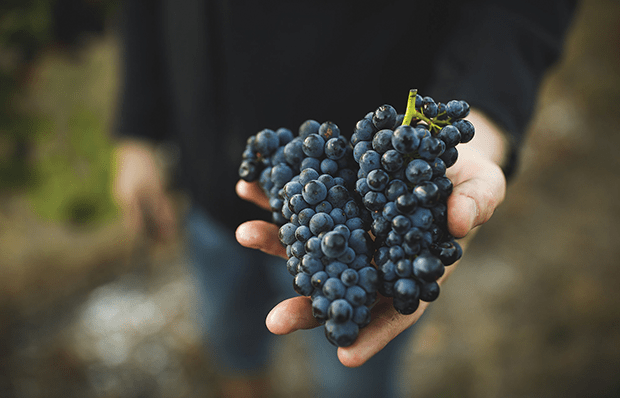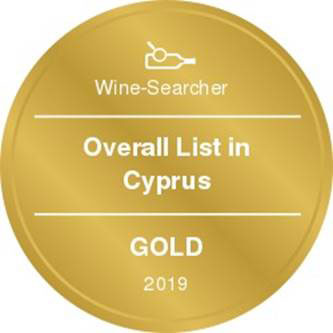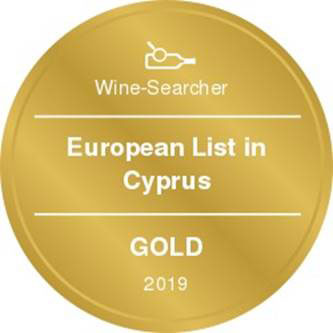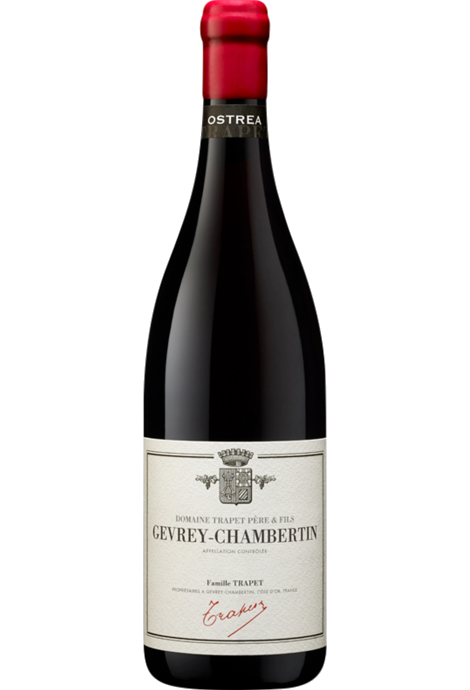TRAPET GEVREY CHAMBERTIN OSTREA 2020/2021/2022
Country: France, Burgundy, Gevrey Chambertin
Grape Varieties: Pinot Noir 100%
Grape Varieties: Pinot Noir 100%
AWARDS
Antonio Galloni: 93/100
Wine Advocate: 90-92/100
"Derived from old vines in the commune of Brochon, Trapet`s 2019 Gevrey-Chambertin Ostrea offers up aromas of cherries, raw cocoa and coniferous forest floor. Medium to full-bodied, it`s deeper and more introverted—and more of a long-haul prospect—than the domaine`s immensely charming regular Gevrey, with a layered core and a long, mineral finish." -Robert Parker
Food Pairing: Pairs well with duck, goose and game birds.
DOMAINE TRAPET
With vines in Burgundy and Alsace, Trapet Family aims to translate and pass on all the grape and terroir-expressions as the know-how has been passed down to them from generation to generation.
The Domaine was established by Louis`s son Arthur in 1870 when he began acquiring vineyards and laying the foundations for the present Domaine. The Trapets now have 12 hectares of vines including 1.9 hectares of the hallowed Chambertin.
The Domaine is currently run by Jean-Louis Trapet, son of Jean and cousin of the Rossignol Trapets. He is married to an Alsacienne, Andrée. Jean-Louis moved towards biodynamic farming in the mid-1990s, working first with guru Francois Bouchet and now with Pierre Masson. The Domaine has been certified by Biodivin since 1998 also, he uses no sulphur at harvest or during the vinification and maturation processes, just adding a small dose at bottling.
Antonio Galloni: 93/100
Wine Advocate: 90-92/100
"Derived from old vines in the commune of Brochon, Trapet`s 2019 Gevrey-Chambertin Ostrea offers up aromas of cherries, raw cocoa and coniferous forest floor. Medium to full-bodied, it`s deeper and more introverted—and more of a long-haul prospect—than the domaine`s immensely charming regular Gevrey, with a layered core and a long, mineral finish." -Robert Parker
Food Pairing: Pairs well with duck, goose and game birds.
DOMAINE TRAPET
With vines in Burgundy and Alsace, Trapet Family aims to translate and pass on all the grape and terroir-expressions as the know-how has been passed down to them from generation to generation.
The Domaine was established by Louis`s son Arthur in 1870 when he began acquiring vineyards and laying the foundations for the present Domaine. The Trapets now have 12 hectares of vines including 1.9 hectares of the hallowed Chambertin.
The Domaine is currently run by Jean-Louis Trapet, son of Jean and cousin of the Rossignol Trapets. He is married to an Alsacienne, Andrée. Jean-Louis moved towards biodynamic farming in the mid-1990s, working first with guru Francois Bouchet and now with Pierre Masson. The Domaine has been certified by Biodivin since 1998 also, he uses no sulphur at harvest or during the vinification and maturation processes, just adding a small dose at bottling.
Case Bottles: 6
Product Id: 0433

For orders €100,00 and above we deliver free to your place
For orders below €100,00 delivery charge €10,00 within city limits
For orders below €100,00 delivery charge €10,00 within city limits

Pinot Noir
Pinot Noir is probably the most frustrating, and at times infuriating, wine grape in the world. However when it is successful, it can produce some of the most sublime wines known to man. This thin-skinned grape which grows in small, tight bunches performs well on well-drained, deepish limestone based subsoils as are found on Burgundy`s Côte d`Or.
Pinot Noir is more susceptible than other varieties to over cropping - concentration and varietal character disappear rapidly if yields are excessive and yields as little as 25hl/ha are the norm for some climates of the Côte d`Or.
Because of the thinness of the skins, Pinot Noir wines are lighter in colour, body and tannins. However the best wines have grip, complexity and an intensity of fruit seldom found in wine from other grapes. Young Pinot Noir can smell almost sweet, redolent with freshly crushed raspberries, cherries and redcurrants. When mature, the best wines develop a sensuous, silky mouth feel with the fruit flavours deepening and gamey "sous-bois" nuances emerging.
The best examples are still found in Burgundy, although Pinot Noir`s key role in Champagne should not be forgotten. It is grown throughout the world with notable success in the Carneros and Russian River Valley districts of California, and the Martinborough and Central Otago regions of New Zealand.
Pinot Noir is more susceptible than other varieties to over cropping - concentration and varietal character disappear rapidly if yields are excessive and yields as little as 25hl/ha are the norm for some climates of the Côte d`Or.
Because of the thinness of the skins, Pinot Noir wines are lighter in colour, body and tannins. However the best wines have grip, complexity and an intensity of fruit seldom found in wine from other grapes. Young Pinot Noir can smell almost sweet, redolent with freshly crushed raspberries, cherries and redcurrants. When mature, the best wines develop a sensuous, silky mouth feel with the fruit flavours deepening and gamey "sous-bois" nuances emerging.
The best examples are still found in Burgundy, although Pinot Noir`s key role in Champagne should not be forgotten. It is grown throughout the world with notable success in the Carneros and Russian River Valley districts of California, and the Martinborough and Central Otago regions of New Zealand.
 +357 25 76 06 08
+357 25 76 06 08














